There’s a lot of focus on lead generation.
Yes, it’s important, and 73% of B2B marketers use lead conversion rates to measure their performance.
But only 13% of the leads marketers create turn into sales qualified leads 😬
Of course, B2B marketing starts with generating leads, but it shouldn’t stop at the sale.
By thinking about the customer journey holistically, you get to develop a deeper, more rewarding relationship with a prospect once they become a customer.
Marketers can do this by building bridges between sales and customer service to create positive customer experiences that impact total revenue, not just the initial sale.
But why should B2B marketing teams be focusing on more than just lead generation?
Why marketing teams should focus on more than leads
When it comes to B2B revenue growth, it’s not just about new business sales.
Sure, new customers equal new revenue.
But if you dig a little deeper, revenue growth in a business consists of three aspects:
- New business revenue
- Revenue retention
- Revenue expansion
Without a focus on all 3 aspects at the same time, you’ll end up a ‘leaky bucket’ that you’ll never be able to fill as customers churn.
This will mean that your company will never truly grow, as you will be in a constant cycle of replacing revenue lost as customers leave.
Thinking about marketing not just as lead generation but as relationship nurturing - enables marketers to think more strategically and have a direct impact on revenue.
Marketing like this enables you to:
Attract new customers. Kickstarting the drive towards revenue growth by generating leads that lead to new business sales.
Make sure they adopt your product. Nurture the relationship post-sale by producing content and experiences that help your new customers actually use your product.
Retain those customers in the long term. Understand how your customers are using your product to strengthen their relationship with your business.
Expand them over time. Produce campaigns and collateral that convince your customers to spend more money with your company on additional products or upgrades.
Leverage their loyalty. Develop advocacy programs that use your most loyal customers as ambassadors to attract other like-minded potential customers.
So, by now, you’re convinced that marketing more broadly to your customers - and not just focusing on new business leads - makes sense.
But how can your marketing teams get started?
How marketing teams can drive B2B revenue growth
Marketing to customers post-sale gives you the opportunity to impact all customer touchpoints - helping you to build long-term and profitable relationships with customers.
To help you with this, there are 6 core activities your marketing teams can do to have a meaningful impact on revenue growth:
1. Customer Onboarding
Once your marketing team has produced leads that turn into new business sales, their work shouldn’t stop there.
Closing the deal really means that your new customer has agreed to allow you to continue building your relationship with them.
Now, your customers need to actually adopt your product and get value from it - quickly!
This is because customers are 50% more likely to remain loyal to a company with an effective onboarding process.
In addition, 55% of customers would stop using a product or service they don’t understand.
This makes the customer onboarding process a critical point in the relationship, and improving it is a great way for your marketing team to impact revenue.
Marketing teams can influence the onboarding process by creating an automated experience for customers full of personalized, relevant, and timely content.
Ways that your marketing team can achieve this - using a CRM like SuperOffice - include:
- Creating a customer portal full of FAQs and knowledgebase content to allow your customers to independently access product information on-demand.
- Producing email sequences designed to guide and encourage your customers through each step of their onboarding journey.
- Leveraging automation to make sure your customers are getting the right help from the right teams exactly when they need it, based on how they interact with content.
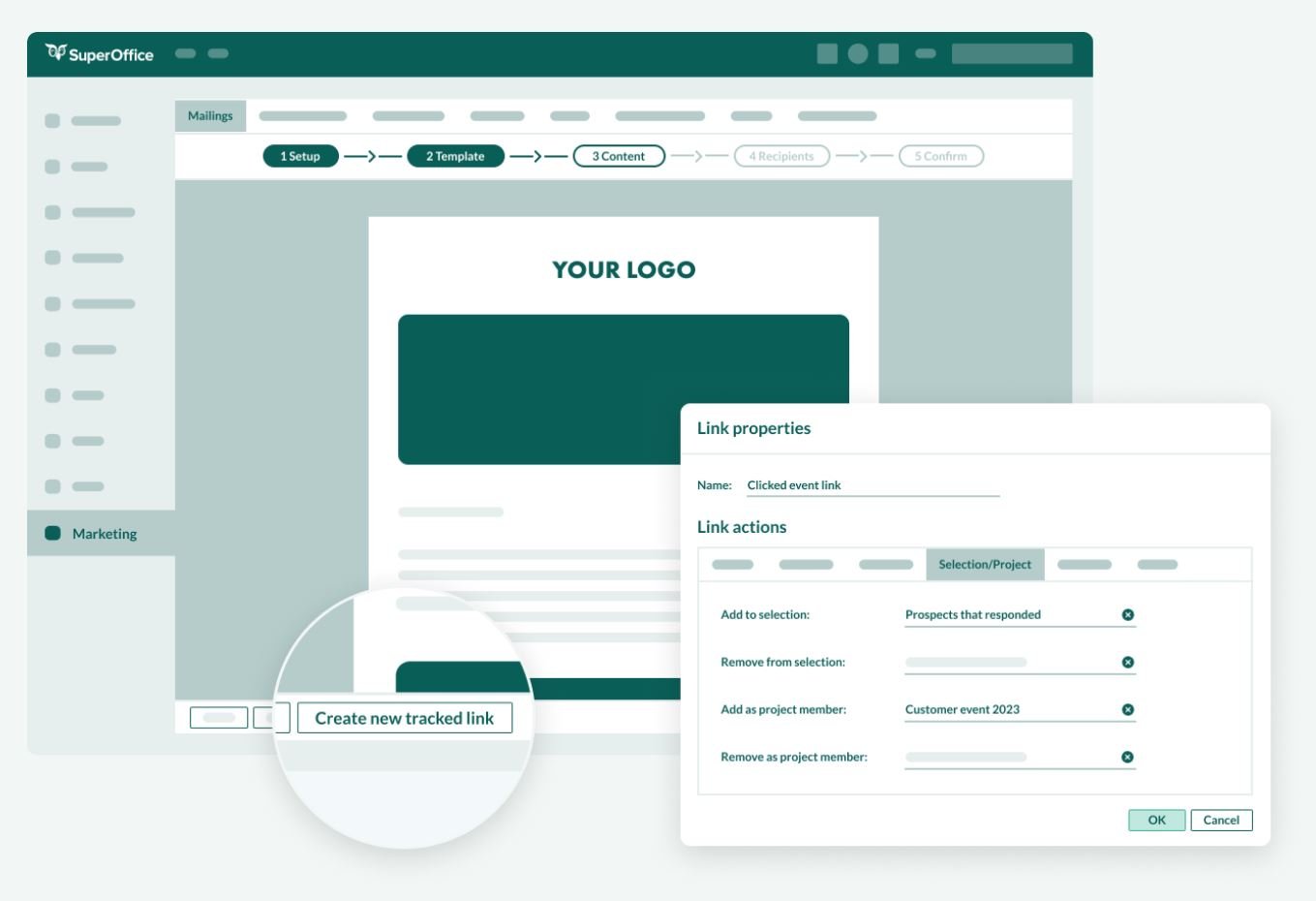
2. Customer events
Once you’ve successfully onboarded your customers with your product, the next big challenge is to ensure they adopt it properly and stay as long-term customers.
Engaging customers can be tricky, though. They’re busy people and don’t have time to speak to vendors unless there’s a significant problem or something in it for them.
Customer events can play a critical part in customer adoption and retention, and your marketing team should be heavily involved in them.
Don’t just take our word for it, though. 83% of marketers believe that events are critical for overall business growth.
Customer events can be conducted in various ways, from webinars and digital conferences to in-person live events and product launches.
Events can be hugely engaging for customers, as depending on how you operate them, you can offer several benefits for attending, including;
- Learning: Help your customers discover more about how your product works, helping them solve significant pain points within their own organizations.
- Understanding: Provide your customers with insights into how other people are using your products to produce outcomes similar to those they want to achieve.
- Discovering: Showcase product enhancements or other similarly exciting updates to reignite the relationship with your customers and prevent it from going stale.
Using a CRM gives you the opportunity to use a full 360-degree view of your customer data to segment your customer list and invite customers to events most relevant to them.
3. Customer surveys
As much as you’d love to be able to check in with all your customers every week to find out how they’re getting on and if they’re hitting key success metrics - it’s usually not possible.
It’s not cost-effective to call your customers that regularly, and frankly, your customers don’t have time for it, either.
This can mean that some customers are ‘suffering in silence’ - and your company won’t be aware of potential churn until it’s too late.
One way that marketing can help to measure the experience of your customers on a regular basis is through soliciting customer feedback and launching surveys.
When it comes to understanding your customers better, you could consider the following;
- NPS. Net promoter score gives you a high-level overview of how likely your customers are to refer your product to other people they know.
- CSAT. Customer satisfaction helps to indicate your customer’s overall happiness during interactions with your customer support or customer service teams.
- CES. Customer effort score indicates how easy your customers find a particular process, for example, Onboarding.
- Feature requests. Use custom web forms to gather feature requests from your customers to discover gaps in your product and the next features you need to build.
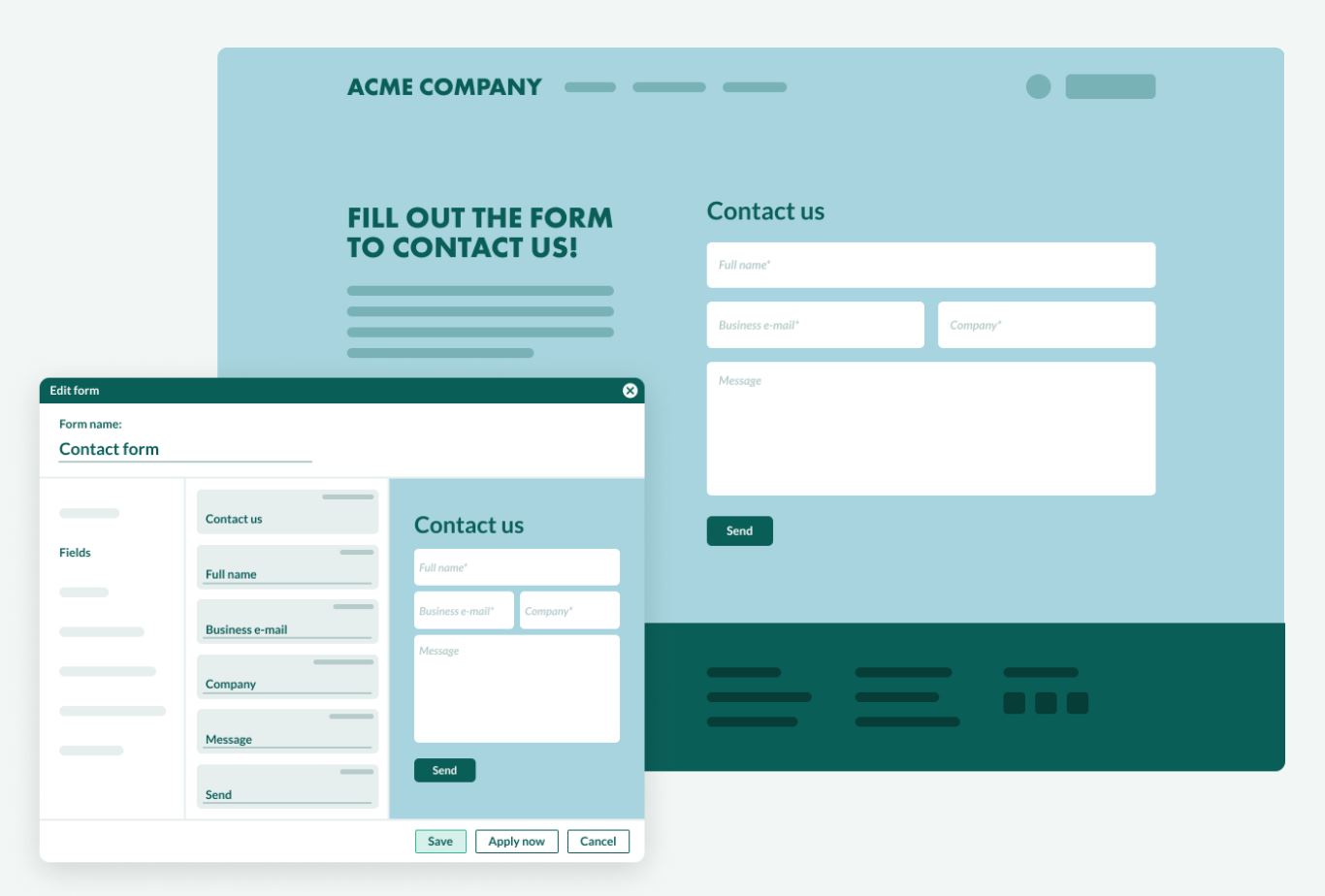
Tasking marketing with setting everything up to gather this information on a regular basis can help you;
- Improve processes and the overall customer experience
- Highlight at-risk customers who may churn
- Gain insights into what your customers want - so they don’t go to your competitors
- Identify who your true advocates are
Ultimately, though, gathering customer insights like this is a fantastic way for your marketing teams to help you protect revenue - and build a solid foundation for revenue growth.
4. Customer retention campaigns
A key use for the survey data your marketing team has just gathered is to identify customers at risk of churning.
When you lose a customer, you also lose the revenue you derived from them. This means your sales team has to work twice as hard to maintain revenue before any growth occurs.
Of course, let’s not forget that the probability of selling to an existing customer is up to 70% compared to as little as 5% for a new customer. So, it makes sense to retain your customers.
Luckily, this is another area that your marketing team can help to influence - by setting up automated customer retention campaigns. These campaigns could include;
- Reminders to log in - ‘we’ve not seen you for a while!’
- Following up on delinquent accounts
- Grouping survey responses into themes and sending appropriate advice
- ‘We’re sorry’ emails - escalating particularly negative customers to CSMs
Your marketing team can easily start building their own automated email campaigns using a CRM platform.
With a 360-degree view of the customer, you can, for example, spot customers using Support more than they should and follow up with targeted and helpful emails.
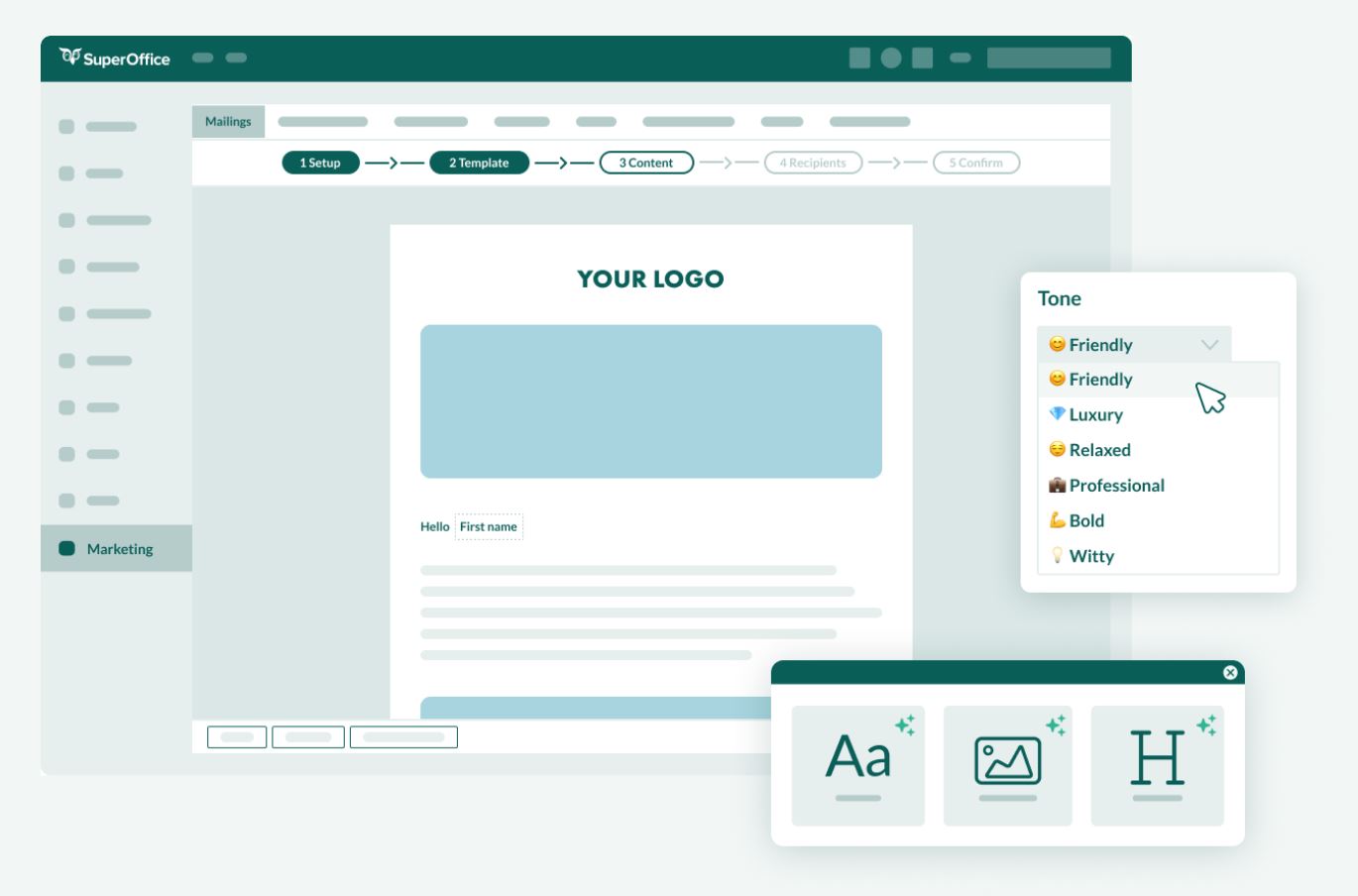
Your marketing team can have a terrific impact on revenue retention by creating evergreen campaigns to send timely, well-crafted emails to customers just when they need them.
5. Customer advocacy programs
Once your marketing team has conducted surveys to better understand your customers - and help to retain some ‘at-risk’ revenue - what else can they do with the information?
It’s not unusual to use this data to focus on retaining customers, but have you considered how your marketing team can use it to grow revenue, too?
Asking your marketing team to focus on using the survey data not only to help retain customers - but also to build customer advocacy programs is a great way to impact revenue.
Not only will it help you attract new customers - but it’s low cost, too. Brands can expect to see a 650% ROI on every dollar spent on advocacy marketing campaigns.
Your new customer advocacy programs can take a number of different forms, including;
Referral schemes - incentivize your best customers to encourage their contacts to become your customers, too. These incentives could include anything from money or gifts to product discounts or even money-can’t-buy experiences. Each industry is different, but there should be no limit to your imagination here - and it’s a great way for marketers to get creative.
Case studies and testimonials - make use of your customers’ enthusiasm for your product and turn their success into case studies and testimonials. When done right, case studies can be hyper-targeted to specific audiences and help close new business deals.
Customer advisory board - grouping your best customers together to form an advisory board can help supercharge your product - and revenue - in a number of ways. From identifying trends and sharing insights to offering input on what’s needed in the market - the impact on revenue may not be immediately obvious, but it will pay dividends in the long term.
Some of the features you can use in a CRM to help you with this include sentiment analysis, email campaigns, and advanced analytics and segmentation tools.
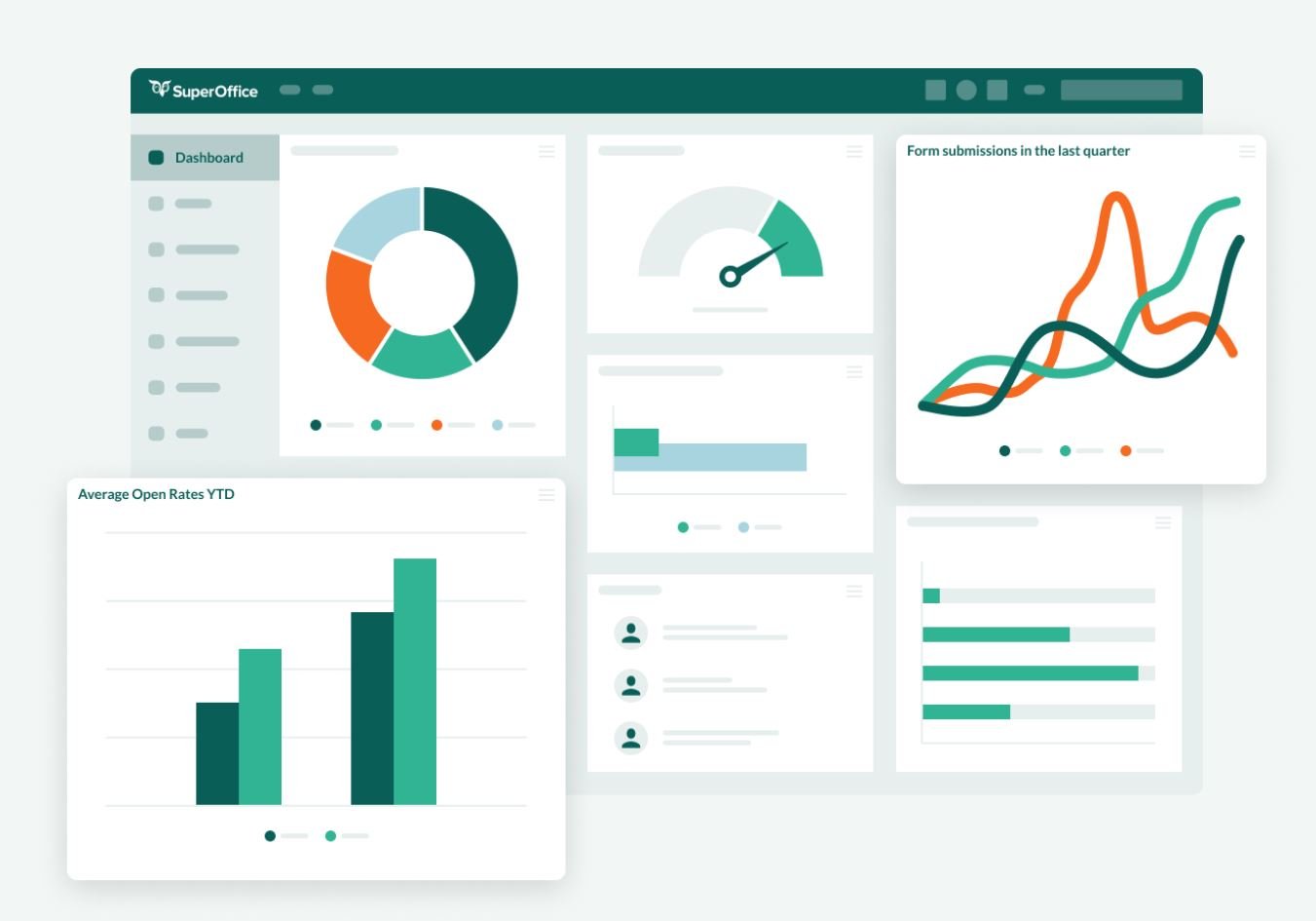
6. Customer segment campaigns
Finally, the biggest way marketing can drive revenue growth is by promoting upsells to your existing customers.
Once your customers are happy, they’re up to 14 times more likely to buy from you compared to a new prospect - so it’s something of an untapped goldmine for B2B marketers.
The trouble is that not every upsell opportunity is appropriate for every customer. This means marketers need to be smart when determining who to contact and why.
Otherwise, your customers could go from feeling happy and enthusiastic about your company to being less than complimentary after being unexpectedly ‘sold’ to.
To counteract this, B2B marketing teams can use the data held in your CRM to segment the customer base and identify who to target with different promotions.
Your marketing team can then use email automation to send compelling campaigns to your customers, convincing them to upgrade, increase their usage, or even try a new product.
These upsell campaigns could include;
- Encouraging active users to go from the ‘standard’ to the ‘pro’ plan to unlock features
- Persuading your enterprise customers to opt for security features like SSO
- Offering high-growth customers an incentive to buy more software licenses
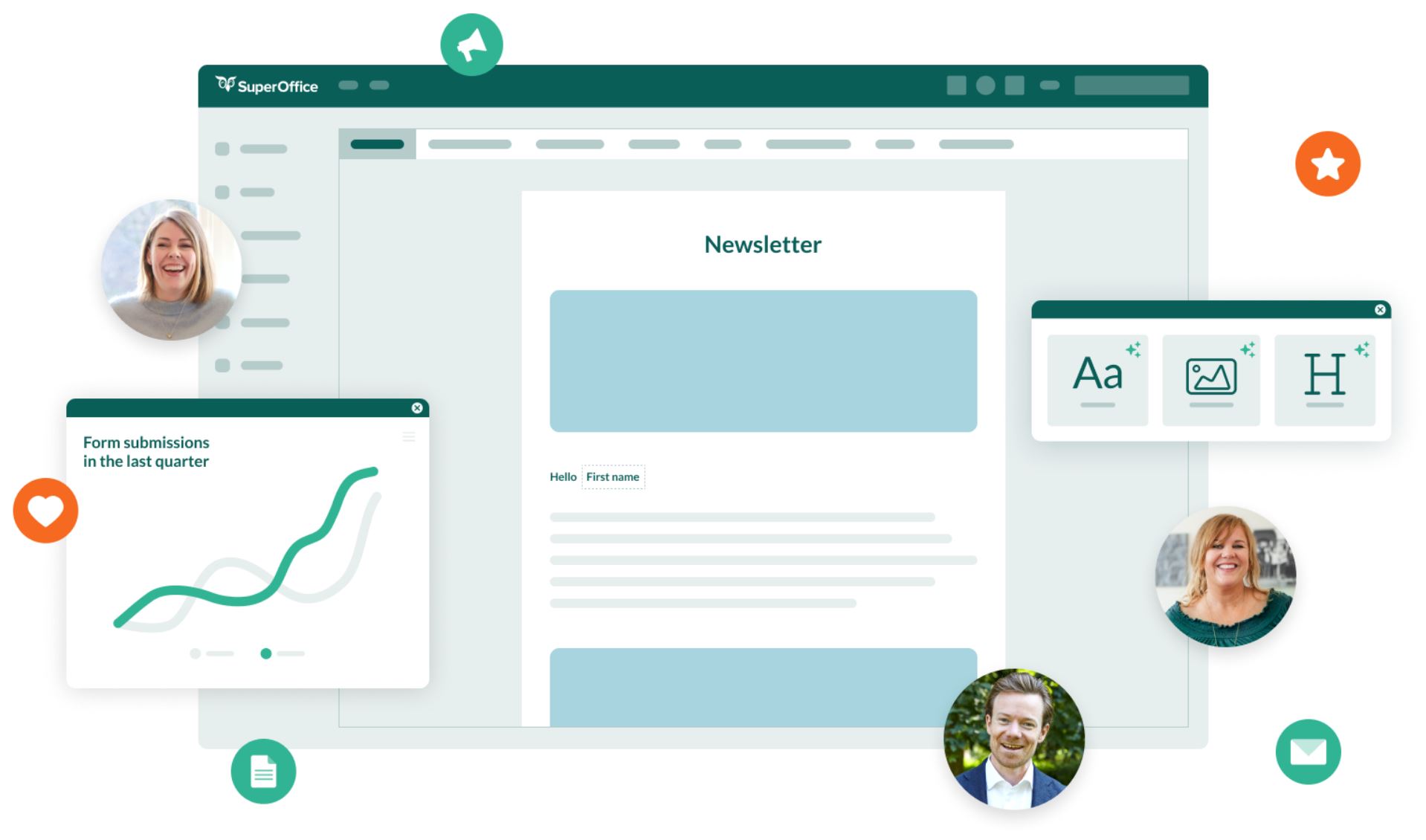
All these ways of enhancing customer relationships and impacting post-sale revenue require a CRM system to bring them to life, though.
So, how can a CRM platform help your marketing team build better relationships and do more than just generate leads?
How a CRM can help your marketing team build relationships that impact revenue
Marketers shouldn’t focus on generating leads as the end goal of their efforts.
Instead, they should consider themselves as customer relationship builders.
Communicating with customers like this means that marketers can have an impact on new business revenue, revenue retention, and revenue expansion.
A unified CRM platform will help marketers integrate their communications approach with the work of your sales and customer service teams.
This approach helps keep all your teams on the same page - helping to build a holistic relationship with your customers that will have a direct impact on revenue.
Designed to help marketing, sales, and customer service to better serve your customers, SuperOffice offers several features designed to help you build better relationships:
- Enhanced filtering and segmentation to target specific types of customers
- Advanced marketing and personalization options to tailor every message
- Build relationships across multiple touchpoints like chat, email, and portals
- Easy to use automation to deliver messages exactly when customers need them
- And much, much, more…
Ready to turn your marketing team from lead generators into relationship builders?
Book a demo of SuperOffice today and learn how your marketing team can thrive alongside your sales and service teams using a single CRM platform.



